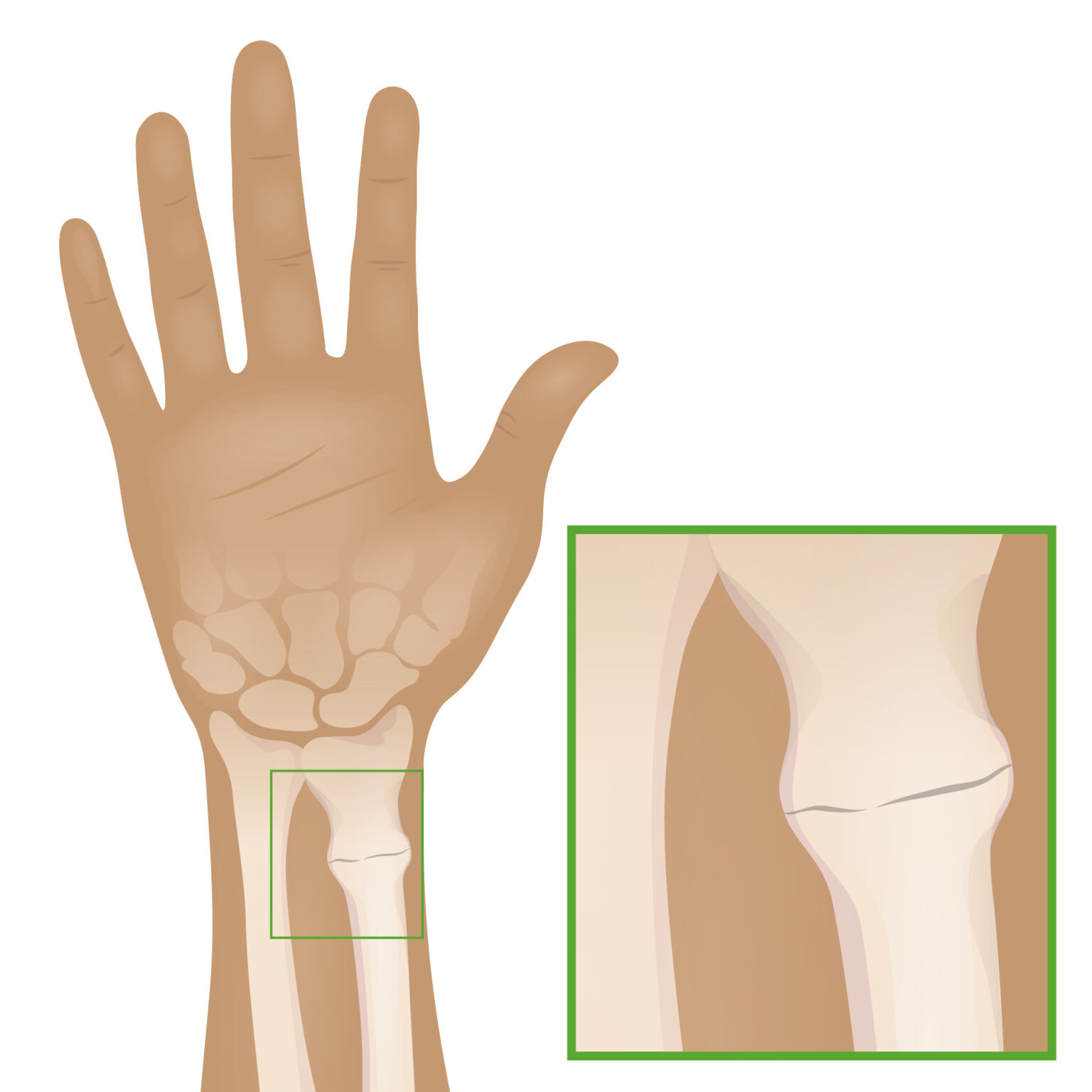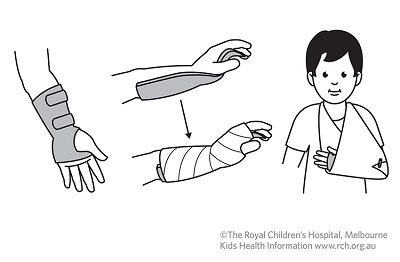

This should improve over the next week or two.
Buckle fracture wrist healing time full#
After removal of the cast, you will start physical therapy with specific exercises to regain full range of motion of your elbow and wrist and rotation of the forearm. During this time, weight lifting and bearing is not permitted. Expect the wrist to be stiff for a few days after removal. Your doctor will closely follow your progress with X-rays to assure nondisplacement of the fracture and proper bone healing. After three to four weeks the splint should be able to be removed and left off. This is for your child to be reassessed to make sure pain is controlled and the splint is well-fitting. You may be asked to see your GP within 1 week. Alternatively, you can come back to the Emergency Department at any time. 1 Cosmetic or functional consequences have not been reported in association with buckle. This type of fracture occurs in about 1 in 25 children and represents 50 of pediatric fractures of the wrist. This is best done overnight so that the splint can be put back on for daytime activities. As all buckle fractures heal very well, there is no need for a routine. Buckle (torus) fractures occur when the bony cortex is compressed and bulges, without extension of the fracture into the cortex ( Figure 1 ). Hand wash in lukewarm water with mild detergent. Splints are usually more comfortable for the child and easier to care for.

Research has shown that wrist buckle fractures will heal well in a splint which gives support and protection. If severe pain continues, or if there is a lot of swelling or numbness you should bring your child to your local doctor or the Emergency Department for review. Ask your child to move their shoulder, elbow, and fingers, so they don’t get stiff. If your child gets any numbness in the hand, you should loosen the splint. Give your child the dose that is recommended on the packaging for their age and weight. Pain medication like paracetamol or ibuprofen should be given regularly until your child is comfortable. A splint also makes normal daily activities, such as bathing, easier and can often save extra visits to the doctor. Because the bones are only partially broken, they heal very well within a few weeks with the support and protection that a splint provides. However, the splint can be taken off for bathing, or if you need to wash the splint itself, as long as the removal is well tolerated by your child (Figure 2). A buckle fracture is best treated with a splint rather than a full circular plaster cast. Over a six-month period, we randomised 201 consecutive patients with this injury to treatment with either a traditional forearm plaster-of-Paris cast or a 'Futura-type' wrist splint. A removable wrist splint should be worn for comfort for three to four weeks, day and night (except when it is removed for washing and drying) to reduce the chance of further injury. Based on the results of a postal questionnaire and a prospective, randomised trial, we describe a simple treatment for this injury, which saves both time and money.

These fractures heal well with rest and time. This fracture is very common in children and presents as a bulge in the bone as it has been squashed

Most of these injuries heal perfectly well if the splint is worn for three weeks. If your child has fallen onto their wrist, they may have an injury known as a “buckle” fracture (Figure 1). This type of injury heals very well in a simple splint, which is easy to apply. You'll be asked to attend follow-up appointments to check how your arm or wrist is healing.The two bones in your child’s forearm are called the radius and ulna.
Buckle fracture wrist healing time how to#
If you had a very bad break, surgery may be carried out to fix broken bones back into place.īefore leaving hospital, you'll be given painkillers to take home and advice on how to look after your cast. You'll be given medicine before this happens so you will not feel any pain. You may be given a sling to support your arm.Ī doctor may try to fit the broken bones back into place with their hands before applying a splint or cast. Sometimes this may be done a few days later to allow any swelling to go down first. You will also be given painkilling medicines for the pain.Īn X-ray is then used to see if there is a break and how bad that break is.Ī plaster cast can be used to keep your arm in place until it heals. When you get to hospital the affected arm will be placed in a splint to support it and stop any broken bones from moving out of position. The St John Ambulance website has information about how to make an arm sling Treatment for a broken arm or wrist


 0 kommentar(er)
0 kommentar(er)
